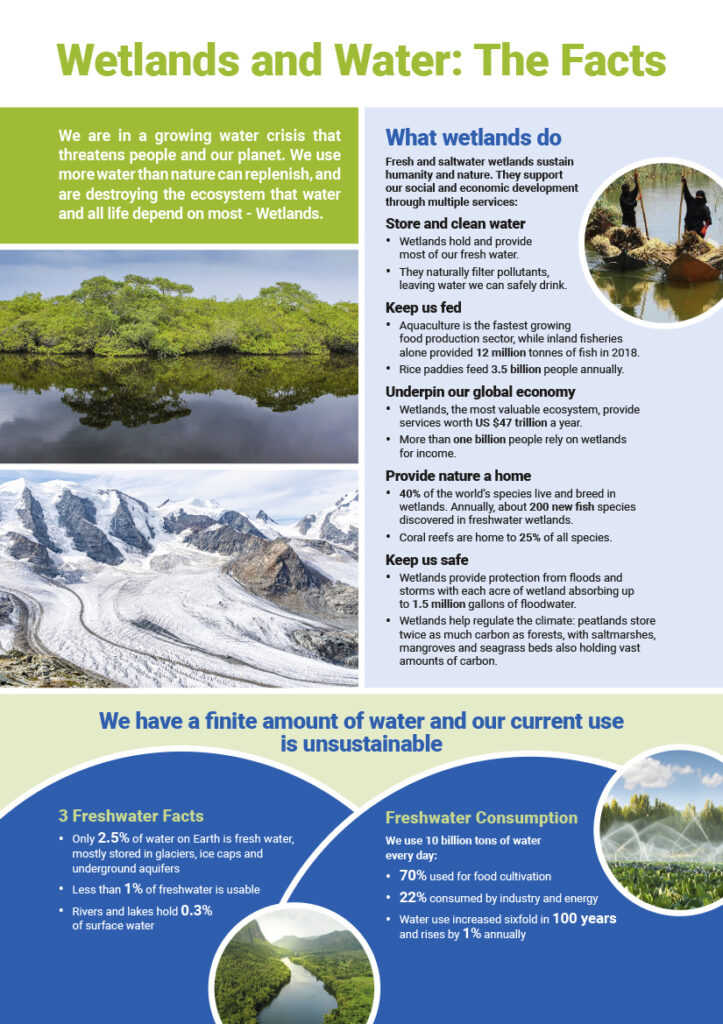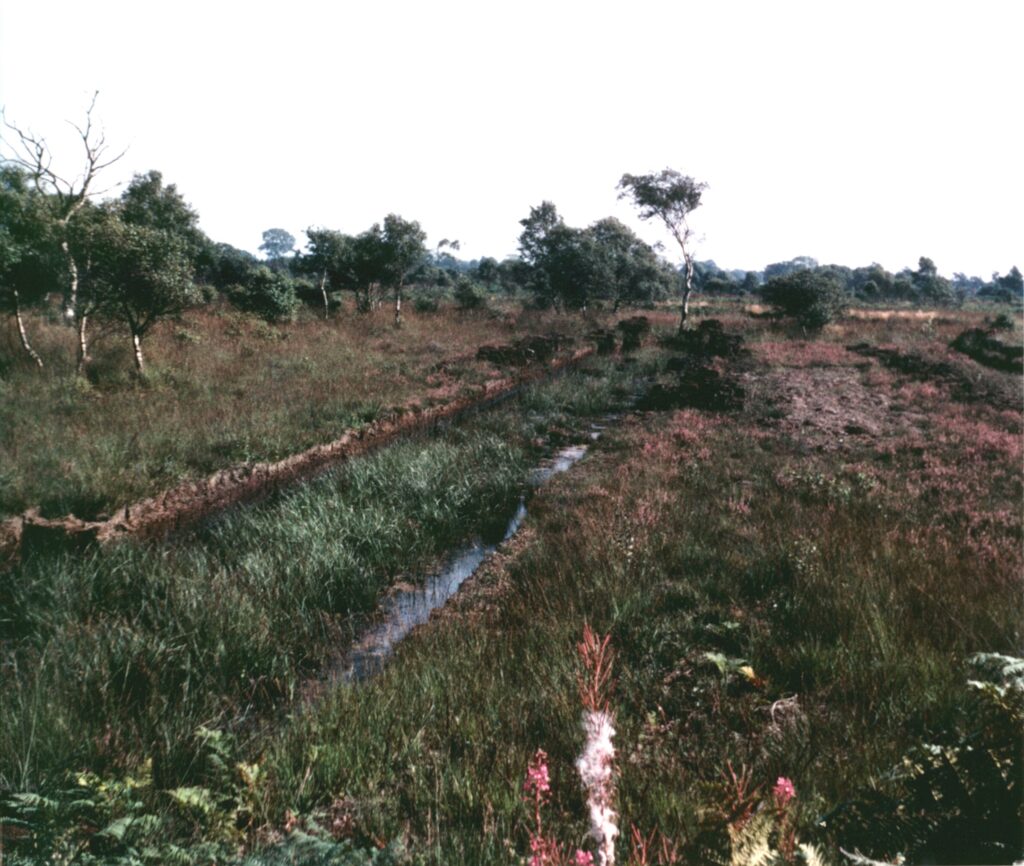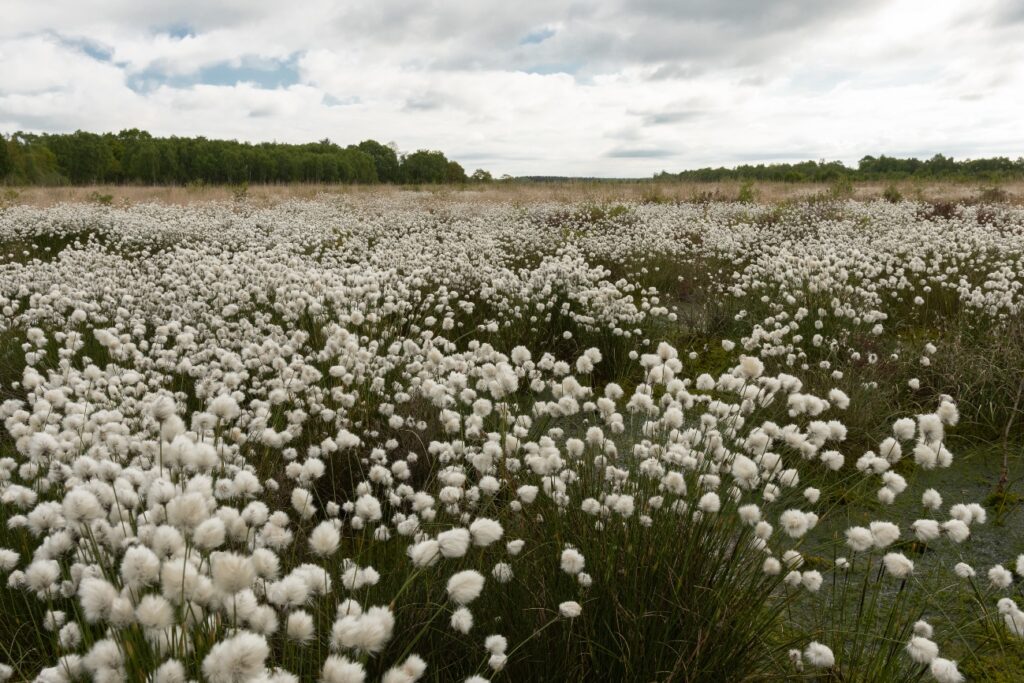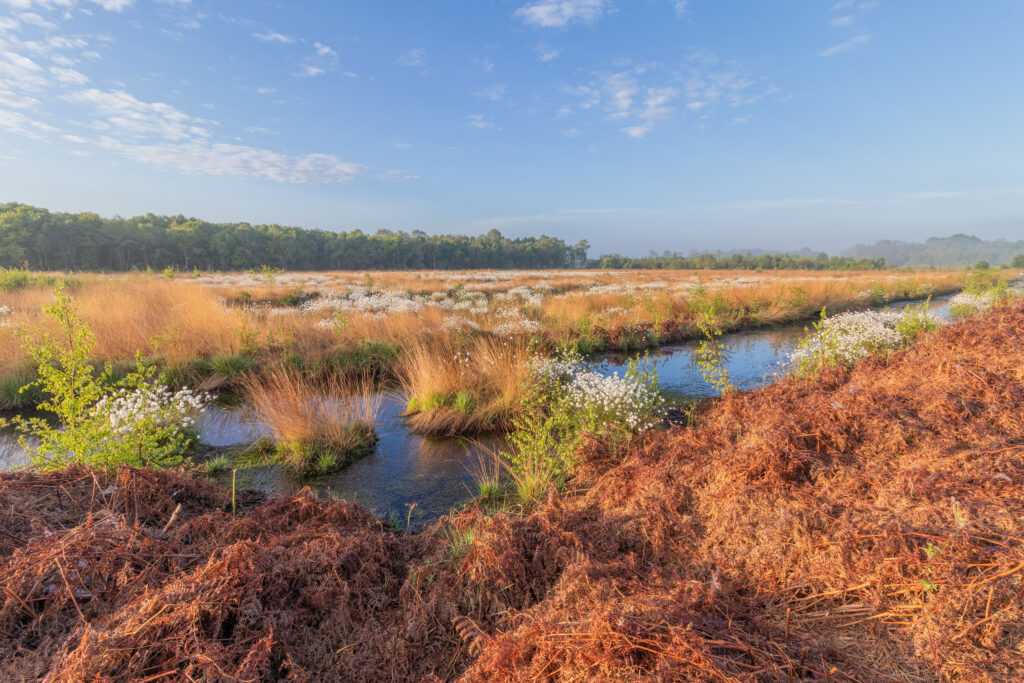Marches Mosses Celebrate World Wetlands Day
February 2, 2021
Note: Please be aware that links on this page take you to third party websites.
Today isn’t just Groundhog Day. More importantly, it is World Wetlands Day.
This year’s theme for World Wetlands Day is Wetlands and Water. The theme shines a spotlight on wetlands as a source of freshwater and encourages actions to restore them and stop their loss.
The Marches Mosses are the third-largest lowland raised bog in Britain, making it an important wetland and forming the headwaters of the River Dee and the River Severn. Bogs are ‘sponges’ in the headwaters as they hold rainwater on the peat, thus helping to slow the flow downstream.
Wetlands are vital to the health of planet Earth, as this Fact Sheet from the Convention on Wetlands explains:

Since 1991, the Mosses have been a National Nature Reserve, with English and Welsh national nature bodies working to restore the peat. The site is now a Special Site of Scientific Interest (SSSI), a Special Areas of Conservation (SACs) and a Ramsar site as a wetland of international importance.
The Mosses encompass Fenn’s, Whixall, Bettisfield, Wem and Cadney Mosses. At its peak, the Mosses covered a huge area some 2.5km wide and 8km long from Fenn’s Bank to Lyneal with large domes of peat rising to 8 metres above the surrounding landscape. Peat cutting and drainage over centuries led to the loss of over a third of this precious peatland, but it is now being restored by the BogLIFE project.
Here are two photographs of the Mosses, the first showing extensive peat cutting. The next is taken 50 years later in 2019 and shows the results of the restoration work that continues to help the Mosses. The cottongrass in this photo of Bettisfield Moss is a sure sign of a healthy, regenerating bog.









